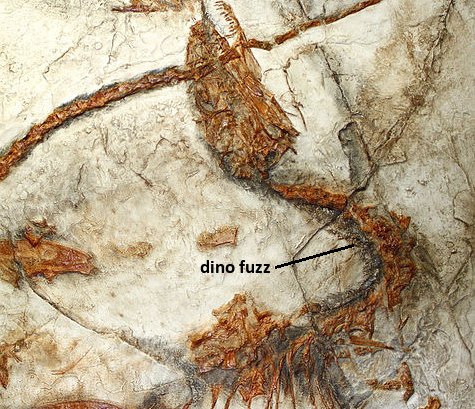
(click for credit)
Not too long ago, the Fox network aired a reboot of Cosmos. The first version, Cosmos: A Personal Voyage, was a thirteen-part series hosted by Dr. Carl Sagan. The reboot, Cosmos: A Spacetime Odyssey, was a thirteen-part series hosted by Dr. Neil DeGrasse Tyson. While both series were mostly about science, they each mentioned the history of science from time to time. While I can’t comment on the first series, I can say without a doubt that the new series was spectacularly awful when it came to science history.
It started off badly when the first episode elevated Giordano Bruno to the status of scientific hero and martyr. The problem is, of course, that history tells a completely different story. Bruno was a champion of all sorts of strange ideas (such as that Satan would be redeemed by God and that Jesus was a magician, not the Son of God), and when he did discuss science, it was clear he didn’t understand it very well. He ended up being a martyr for magic and the occult, not for science. In addition, the serious natural philosophers of the day, like Kepler and Galileo, opposed Bruno.
Perhaps the worst treatment of science history by the new Cosmos was its discussion of Newton. Dr. Tyson actually claimed
Newton’s laws of gravity and motion revealed how the sun held distant worlds captive. His laws swept away the need for a master clockmaker to explain the precision and beauty of the solar system. Gravity is the clockmaker. [Episode 3: “When Knowledge Conquered Fear”]
Nothing could be further from the truth! In fact, the Master Clockmaker was the reason Newton came up with his Universal Law of Gravitation. Unlike the philosophers of the past, Newton believed that all motion should follow the same basic set of principles. This led to his Universal Law of Gravitation as well as his Laws of Motion. Why did Newton believe this? According to Dr. Morris Kline:1
The thought that all the phenomena of motion should follow from one set of principles might seem grandiose and inordinate, but it occurred very naturally to the religious mathematicians of the 17th century. God had designed the universe, and it was to be expected that all phenomena of nature would follow one master plan. One mind designing a universe would almost surely have employed one set of basic principles to govern related phenomena.
So rather than sweeping away the need for a Master Clockmaker, the laws he discovered were firmly rooted in the belief that there is a Master Clockmaker.
Continue reading “A Historian Asks: Is it okay to lie about history for a good cause?”






